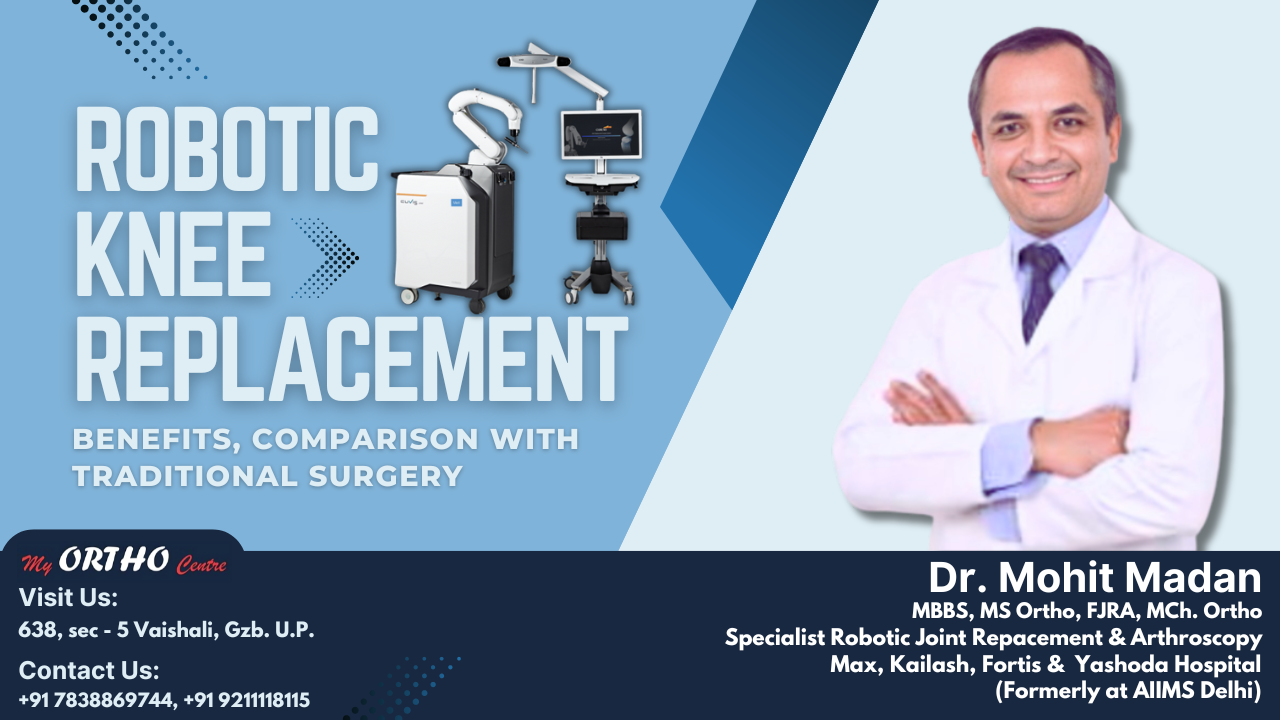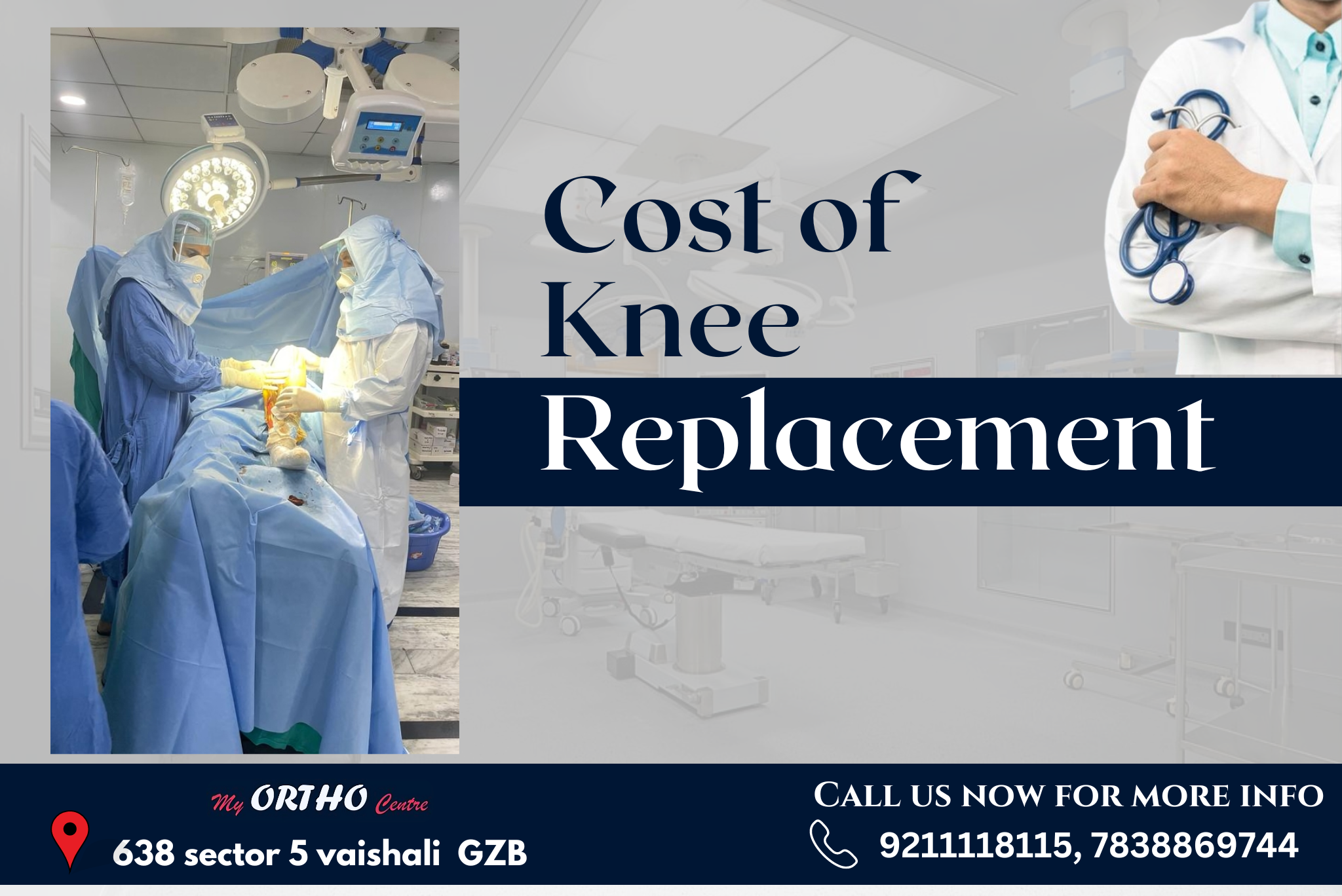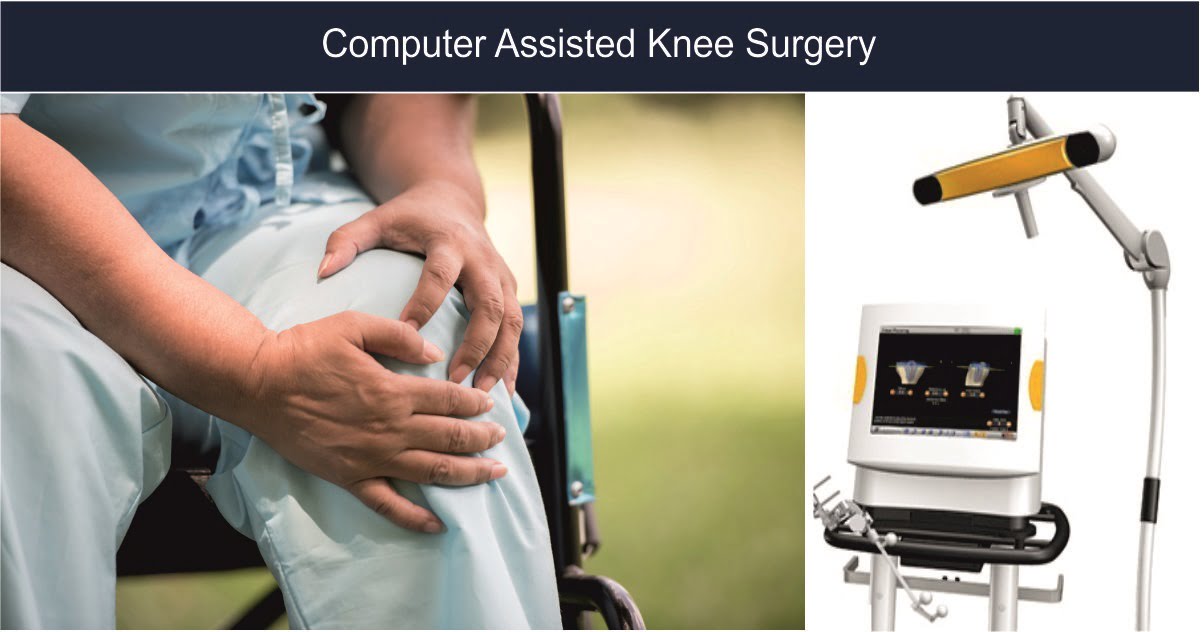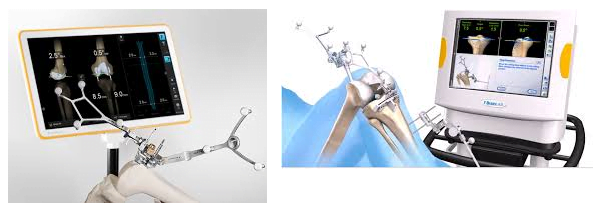Robotic knee replacement is a recent advancement in Joint Replacement Surgery. This advanced surgical technique offers an excellent solution for severe knee pain or advanced arthritis.
My Ortho Centre is committed to making this cutting-edge treatment accessible to everyone. We offer robotic knee replacement at a reasonable cost with the best quality of care. Our transparent pricing ensures you receive the best possible treatment within your budget.
Advantages of Robotic Knee Surgery:
- Enhanced Precision:
With the robotic technique, surgeons can meticulously plan and execute the procedure, ensuring unparalleled precision and optimal placement of the knee implant, providing you with confidence in the accuracy of the procedure. - Tailored to Your Needs:
The technology behind robotic knee replacement empowers surgeons to tailor the procedure to your specific needs, leading to better outcomes and a knee that feels uniquely yours. - Reduced Pain and Recovery Time:
In robotic surgery, there is a lesser chance of surrounding soft tissue damage, resulting in reduced pain and faster recovery. - Lower Risk of Complications:
With more accurate implant placement, the likelihood of complications such as implant loosening is reduced, and the longevity of the joint replacement is increased. - Enhanced Visualization:
The robotic system provides surgeons with a 3D knee model, enhancing visualization and better execution of joint surgery. - Less Dependence on Surgeon’s Expertise:
While traditional surgery relies heavily on the surgeon’s experience and judgment, which may result in slight variations in implant placement, robotic systems guide the surgeon, and in some cases, the robot performs the major surgical steps. - Rehabilitation & Recovery:
Due to the minimally invasive nature of the procedure, patients often experience quicker recovery times, less pain, and swelling. - Close to Natural Knee:
Recent studies have shown that patients who underwent robotic surgery experienced knee kinematics and results close to a natural knee compared to traditional surgery.
Disadvantages of Robotic Knee Surgery:
- Cost:
Few extra consumables and disposable trackers are used in robotic joint replacement, so the overall cost is slightly higher than traditional joint replacement. - Limited Availability:
Not all hospitals are equipped to offer robotic knee surgery, which may limit access to this advanced treatment. - Learning Curve for Surgeons:
Surgeons must undergo specialized training to use the robotic system, and experience levels can vary.
At My Ortho Centre, we pride ourselves on offering the best orthopedic care. Our team of experienced surgeons is here to guide you every step of the way. If you’re considering robotic knee replacement or want to explore your options, please schedule a meeting with our expert doctor.
Conclusion
Robotic knee replacement represents a significant advancement in orthopedic surgery, offering numerous benefits over traditional methods. While the cost may be higher, the precision, faster recovery, and overall outcomes make it a worthwhile investment for many patients.
At My Ortho Centre, we are unwavering in our commitment to providing top-notch care with the latest technology. If you’re considering knee replacement surgery, rest assured that you’ll be in good hands with us.
Contact us today to learn more or to schedule a consultation with our specialists.








